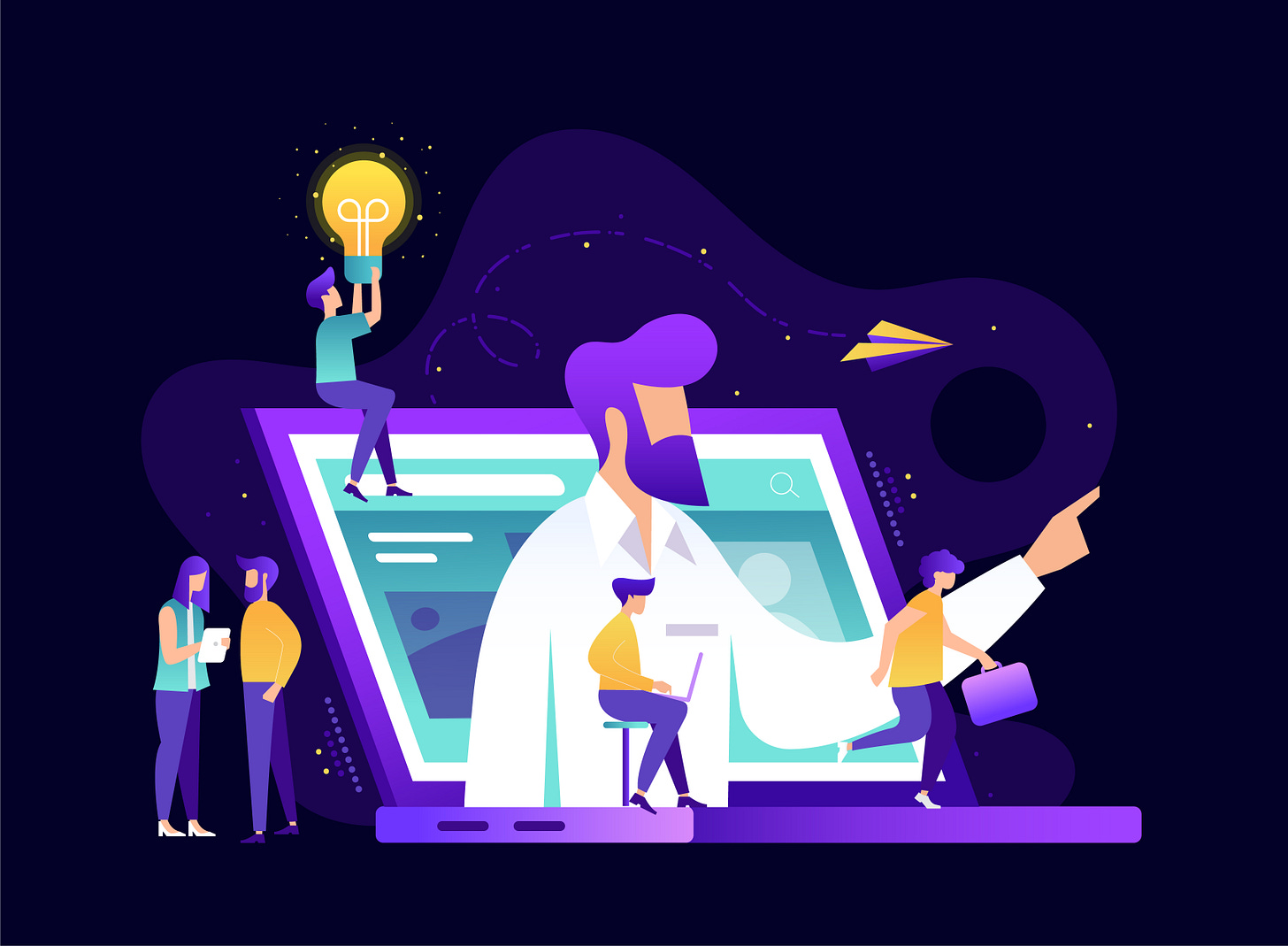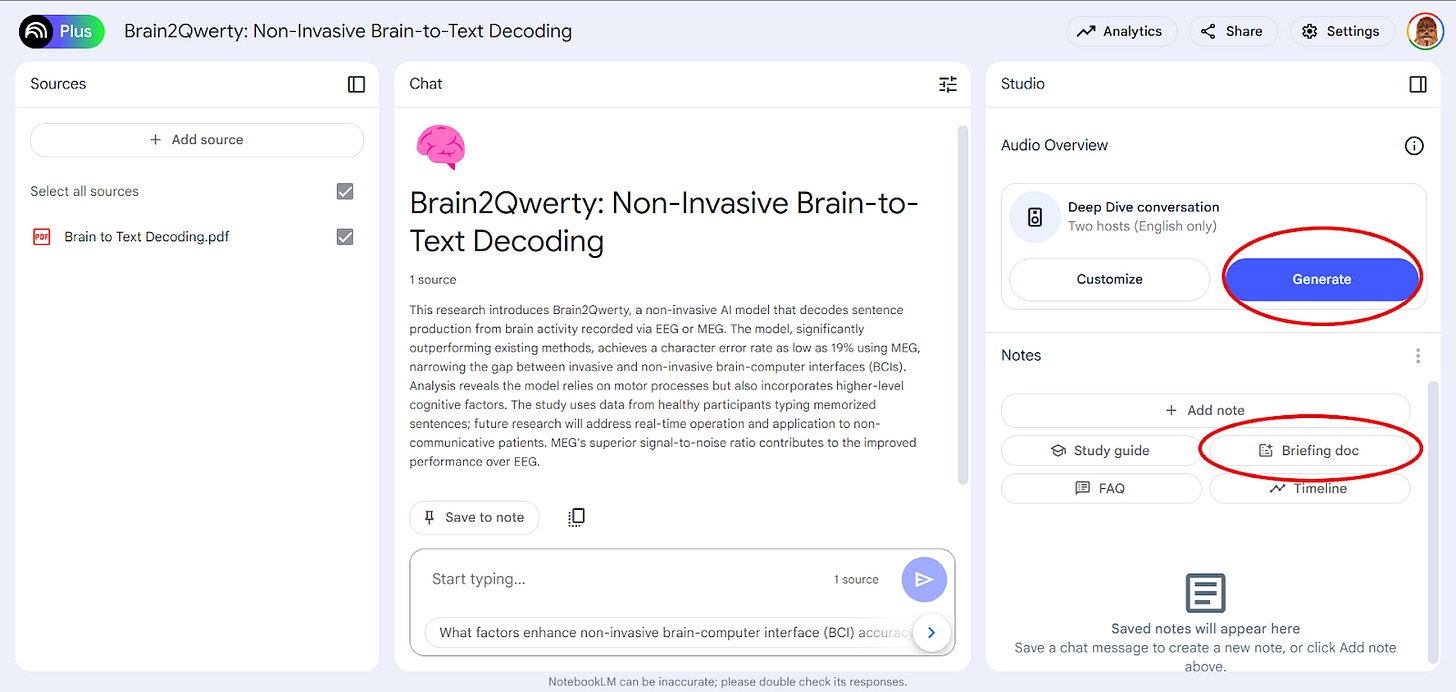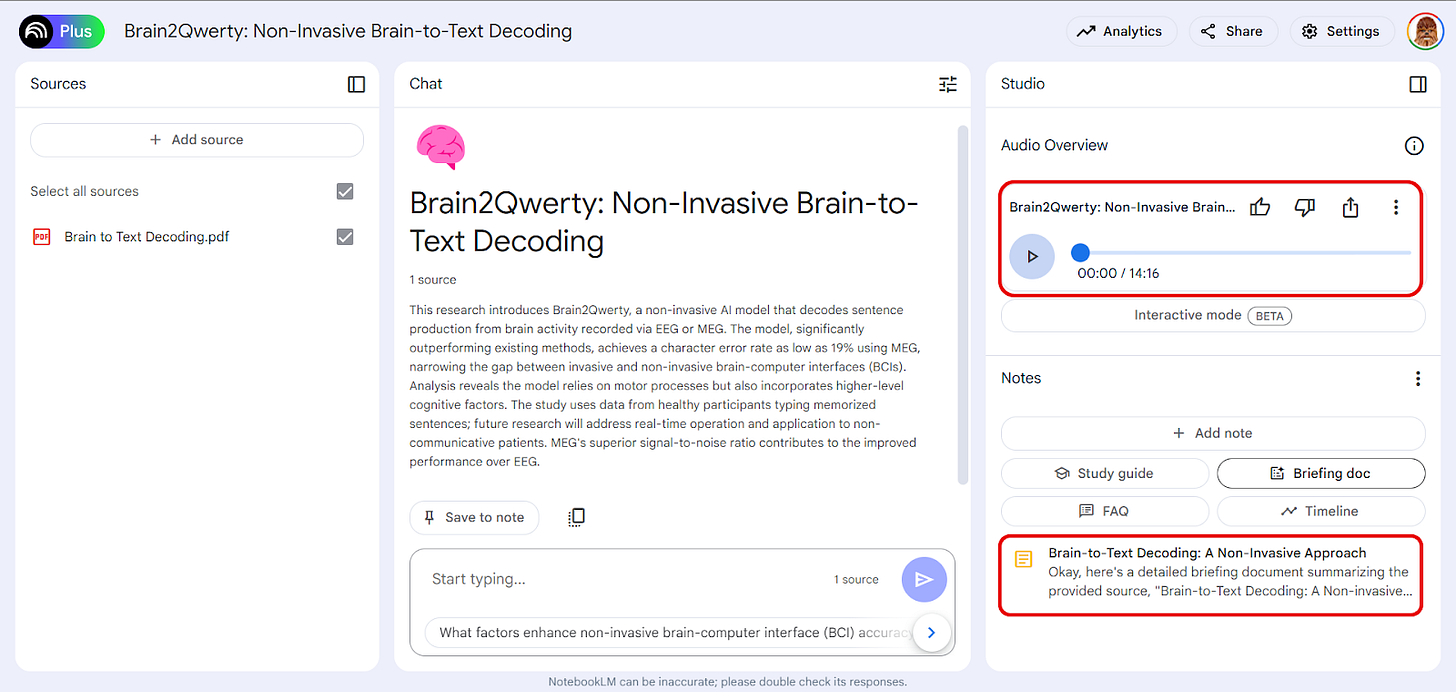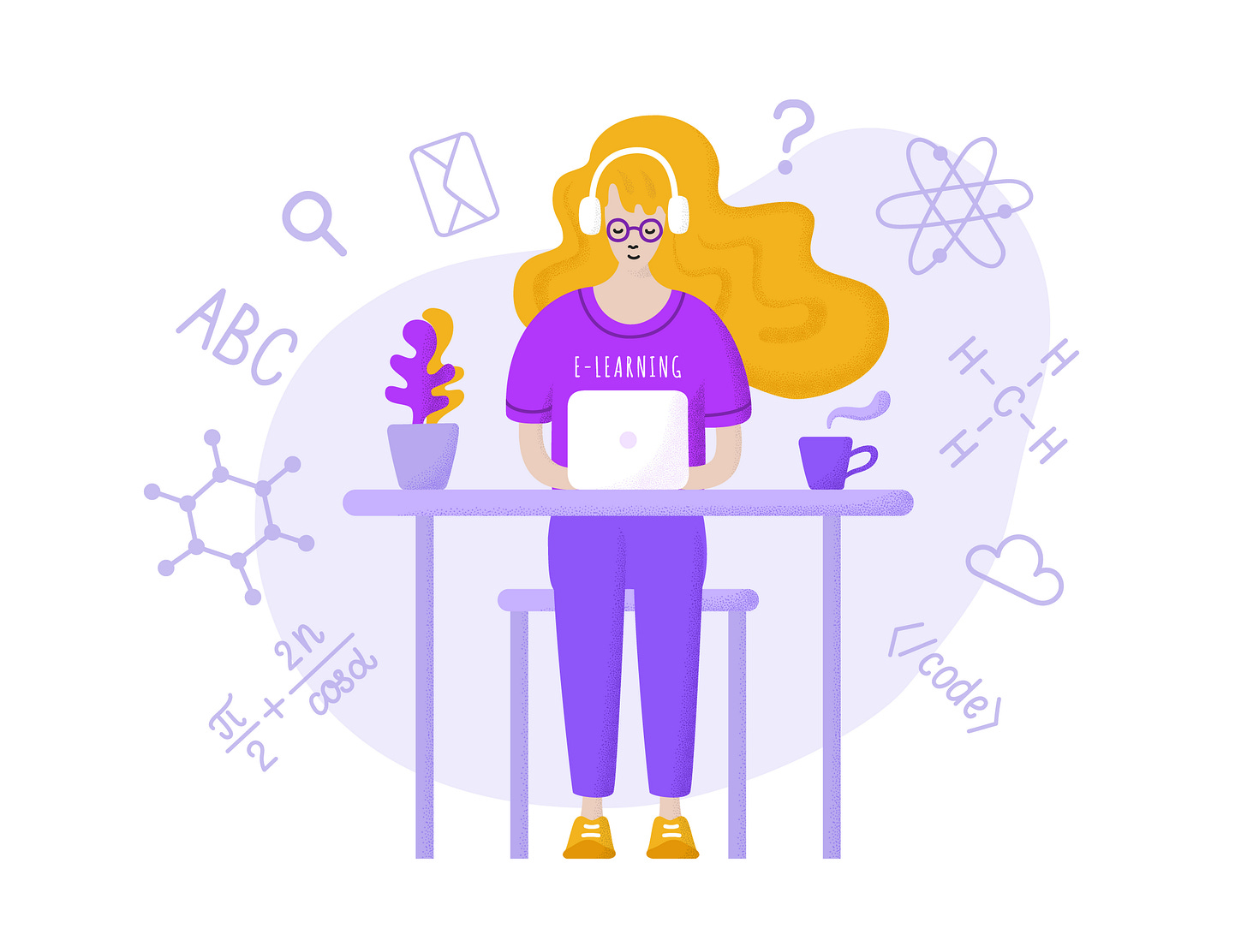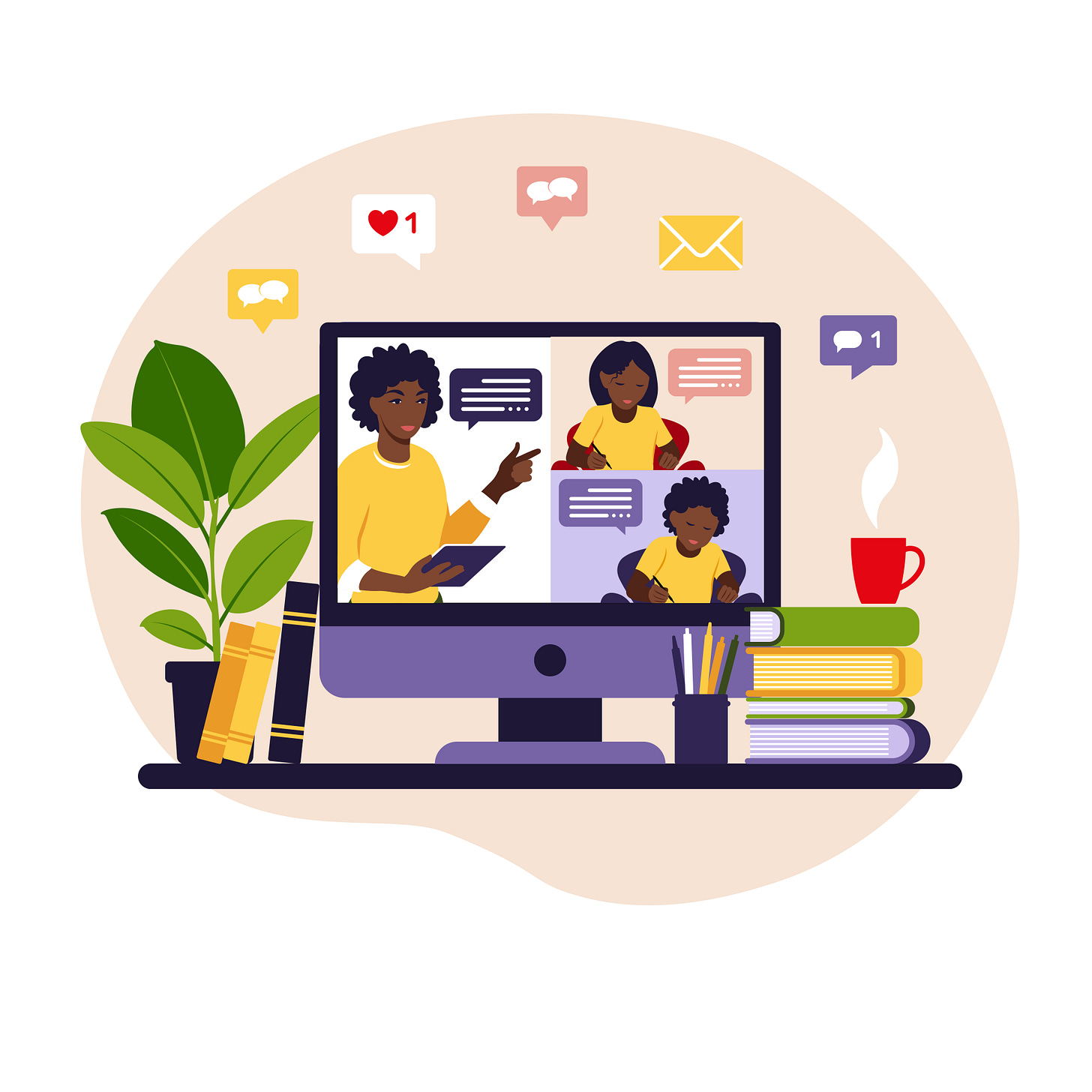Using AI Tools to Streamline Learning
Six months ago, I had my first meaningful encounter with AI. Like many others, I found myself fascinated and wanted to learn everything I could. But here's the thing - trying to keep up with AI developments felt like drinking from a firehose. Every day brought new breakthroughs, tools, and discussions, all moving at light speed. I was drowning in information and barely staying afloat when it came to actually understanding it all.
Sound familiar? Whether you're diving into AI like I was, exploring personal finance, or picking up a new hobby, that overwhelming flood of information is a near-universal experience. We've all been there - tabs multiplying like rabbits in our browsers, newsletters piling up unread, and that nagging feeling that we're somehow falling behind despite consuming more content than ever.
But here's the good news: I've found a better way. Through trial and error, and using AI tools, I was able to develop a structured approach to organizing and absorbing information. It's helped me transform that overwhelming firehose into a manageable, refreshing stream of knowledge. The best part? This system isn't just for keeping up with AI - it works for any topic you want to master.
In this article, I'll show you exactly how I use Google NotebookLM and Google Drive to break down complex topics into bite-sized, actionable insights. By the end, you'll have a practical framework for turning information overload into organized, accessible knowledge that actually sticks.
Developing A System
Think of learning a new topic like building a house. You wouldn't start by dumping all the materials in a pile and hoping they magically assemble themselves. Yet that's exactly what many of us do with information - we collect endless articles, videos, and posts without a real plan for putting them together into something useful.
I'll be honest - my current system didn't emerge fully formed. It started with a mess of browser bookmarks and random notes that left me feeling more confused than enlightened. But instead of giving up, I kept experimenting. I tried different tools, tested various workflows, and wasn't afraid to use technology in ways that might not have been what the developers originally intended.
This experience reinforced for me that there's no "right way" to learn. The beauty of modern AI tools is that they're flexible enough to adapt to how you think and work. The system I'm about to share isn't a rigid blueprint - it's more like a starting point for your own exploration. Think of it as a foundation you can build on, modify, or completely reimagine to fit your needs.
The core idea is simple: instead of passively consuming endless content, we can use AI to create a structured system that helps us process and retain what matters most. The tools I use - NotebookLM and Google Drive - happened to click for me, but the principles behind this approach work with any number of different tools and setups.
My system isn't complicated, but it is intentional. Let me walk you through how it works, using a recent experience with a fascinating Meta research report about turning thoughts into speech - technology that could revolutionize AI accessibility for people with disabilities.
Step 1: Capturing and Processing
When I first come across an interesting piece of content - in this case, Meta's research report - I create a dedicated notebook in Google NotebookLM.
Think of NotebookLM as your personal research assistant. It doesn't just store the document; it helps you understand it.
Once the notebook is created, I add the research report to it.
With the report safely in NotebookLM, I generate two key resources: a Briefing Document (a concise 2-3 page summary) and a podcast version, called a Deep Dive Conversation.
It takes a little bit to create the Deep Dive Conversation - that’s OK. Even if you do something else and come back to the notebook later, it will be waiting there for you.
Step 2: Strategic Storage
The Briefing Document gets copied and pasted into a Google Doc in a specific Google Drive folder.
This might sound basic, but here's where the magic happens: Google Drive's built-in search functionality means I'm not just filing things away - I'm building a searchable knowledge base. Unlike typical folder systems where you're limited to searching titles and tags, Google Drive searches the actual content of your documents. So months from now, when I need to reference something about brain-computer interfaces, I can find it even if I don't remember the exact report title.
Step 3: Making Knowledge Mobile
It would be wonderful if I had dedicated study time, but real life doesn't work that way. That's why we make the Deep Dive conversation, which is one of the best features of Google NotebookLM. This is an AI-generated podcast where the subject is your source (sources if you’ve uploaded more than one)! The hosts go through all of the key information in your source in an engaging format that is interesting to listen to.
Full disclosure: These podcasts aren’t perfect - the AI will sometimes reset in the middle of the conversation, the hosts sometimes pronounce names wrong, and occasionally the hosts switch roles for no explainable reason. But despite these comparatively small concerns, they are still informative and help break down the main points of the source effectively.
Oh, and you can download the podcasts as MP3 files! I download them from the notebook and then upload them to my phone, allowing me to instantly turn dead time into learning time. During my morning routine or while doing chores around the house, I’m also absorbing key insights about neural interfaces and speech processing. It's like having a playlist of personalized knowledge ready whenever you are.
Step 4: The Power of Choice
At this point, I have several learning options to choose from. Let's say I'm listening to the Meta research podcast while driving. If the content really grabs me, I can later spend more time in the Briefing Document for a more detailed understanding. Still want to learn more? The original report is right there for me to read any time I want.
But here's the key - I'm not forcing myself through content I don't need. Some topics might only warrant a podcast listen, and that's perfectly fine. As mentioned earlier, I have my repository of briefing documents to review or search through at a later time when I need specialized information. Other times, for example when I’m developing a presentation or using the information for an article, I can read the full document. This flexible system helps me invest my time where it matters most.
The core principle remains the same: create different levels of engagement with your learning materials, make them easily accessible, and give yourself the freedom to choose how deeply to dive into any given topic.
You might be thinking, "This sounds great for keeping up with AI, but what about other topics?" That's the beauty of this system - it's incredibly versatile. For instance, I recently needed to get up to speed on a complex federal government report for my work in corrections and criminal justice. Using the same approach, I was able to quickly grasp the key points while having deeper insights ready if needed.
This method isn't just for technical content - it works for virtually any learning goal you might have:
If you're a professional trying to stay current in your field, you can use this system to efficiently process industry reports, research papers, or regulatory updates. Instead of skimming dozens of documents, you'll have a curated knowledge base that's actually useful when you need it.
For students or self-learners, this approach helps you break down complex subjects into manageable pieces. Rather than getting overwhelmed by thick textbooks or endless online resources, you can create a personal learning path that fits your schedule and learning style.
Even hobbyists can benefit - whether you're learning about gardening, home improvement, or personal finance. Imagine having key insights from your favorite gardening blogs or DIY tutorials available as personal podcasts while you're actually working in your garden or garage.
Don't feel constrained by the specific tools I use. While NotebookLM and Google Drive work for me, you might prefer Readwise, Obsidian, or Evernote. The key is to find tools that support three core functions:
Breaking down complex information into digestible pieces
Making your knowledge easily searchable and accessible
Giving you flexible ways to review and reinforce what you've learned
The solution to information overload isn't to consume more content faster - it's to be more intentional about how we process and retain what matters most. With AI tools like NotebookLM, we can transform overwhelming floods of information into manageable streams of knowledge that fit our lives and learning styles.
The system I've shared isn't meant to be a rigid template. It's a starting point for your own exploration. Maybe you'll discover that only audio summaries work best for you, or perhaps you'll prefer to spend more time with the detailed written briefings. The key is to experiment and find what helps you learn most effectively.
This approach has transformed how I learn, whether I'm keeping up with AI developments, analyzing government reports, or exploring new interests. Instead of feeling overwhelmed by the endless flow of information, I now have a reliable system for capturing, processing, and actually using the knowledge that matters most to me.
I'd love to hear about your learning hacks. How do you currently manage it when you have information overload? Would you find value in seeing a video demonstration of this system in action? Drop a comment below or message me directly - I'm always excited to learn from others and share ideas about making learning more effective and enjoyable.


